Economic Principles in Forestry: Balancing Profit and Conservation
- August 23, 2024
- 0 comment
Forests are vital to both the environment and the global economy. They provide a wide range of ecosystem services, from carbon sequestration to water filtration, and support biodiversity that is crucial for ecological stability. However, the challenge of forestry management lies in balancing the need for economic profitability with the imperative of conservation.
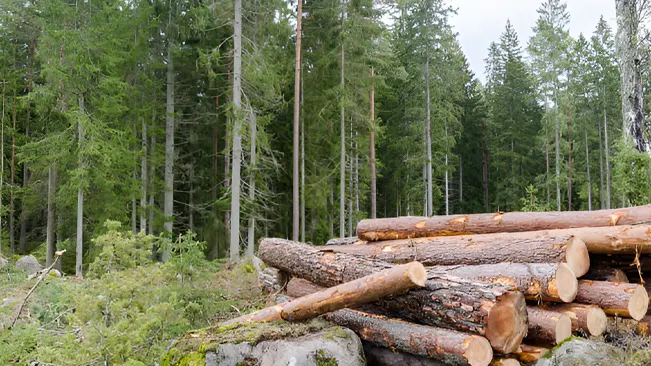
By integrating Economic Principles in Forestry with sustainable practices, forestry can achieve this balance, ensuring that forests remain productive and continue to provide essential services for future generations.
The Intersection of Economics and Forestry
Integrating economic strategies with sustainable forestry practices is crucial for long-term forest management. Forests are not just sources of timber; they are complex ecosystems that provide valuable services, many of which are not immediately quantifiable in economic terms.
The challenge for forestry management is to find a balance between maximizing profit and preserving ecological health. This dual objective requires a deep understanding of the economic principles that can support both profitability and conservation.
Economic Principles in Forestry to balance Profit and Conservation
1. The Economic Value of Forest Ecosystem Services
Forests offer significant economic value through a variety of ecosystem services, which are often undervalued in traditional economic assessments. These services include carbon sequestration, water filtration, and biodiversity conservation, all of which contribute to both environmental sustainability and economic prosperity.
Carbon Sequestration
Forests absorb carbon dioxide, helping to mitigate climate change. The economic principle of monetizing ecosystem services allows forest carbon sequestration to be converted into financial gains through carbon credits. This incentivizes forest conservation by making it profitable, aligning environmental sustainability with economic interests.
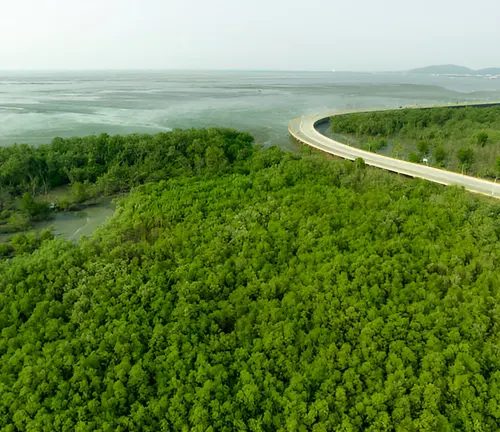
Water Filtration and Watershed Protection
Investing in forest conservation for water filtration offers significant cost savings by reducing the need for expensive infrastructure, like water treatment plants. This principle highlights the economic efficiency of maintaining natural systems over building artificial ones, demonstrating that proactive environmental stewardship is economically advantageous.

Biodiversity Conservation
Biodiversity supports ecosystem resilience, which is essential for maintaining the economic stability of industries like agriculture and pharmaceuticals. Although difficult to quantify, acknowledging the economic value of biodiversity ensures long-term sustainability and reduces the risks associated with ecological degradation.
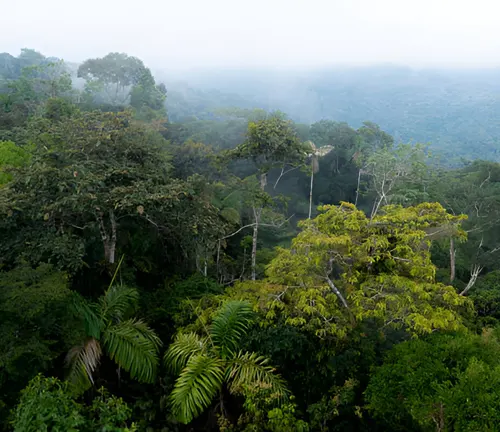
2. Cost-Benefit Analysis in Sustainable Forest Management
A cost-benefit analysis is essential for sustainable forest management. This analysis helps managers evaluate the financial implications of various practices, ensuring that forestry operations remain profitable while maintaining the ecological integrity of the forest.
Initial Investments
Sustainable forestry requires significant upfront investments, including costs for seedlings, soil preparation, and labor. These initial expenses are crucial for ensuring the forest’s long-term health and productivity, which ultimately supports both its economic and ecological value.
Harvesting Practices
Choosing the right harvesting practices is essential for sustainable forest management. While clear-cutting yields quick financial returns, it often causes soil degradation, loss of biodiversity, and reduced forest regeneration.
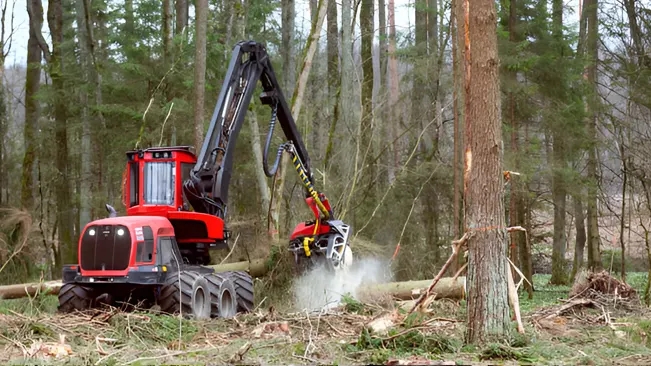
In contrast, selective logging, though more labor-intensive, preserves ecological integrity and supports long-term economic productivity.
Risk Management
Forests face various risks like fires, pests, and diseases, which can devastate both their ecosystems and economic value. Effective risk management, including firebreaks, pest control, and using disease-resistant species, is crucial for maintaining the forest’s ecological and economic viability.
3. Market-Based Mechanisms Supporting Conservation
Market-based mechanisms provide powerful tools for aligning economic incentives with conservation goals. By monetizing the ecological benefits provided by forests, these mechanisms encourage sustainable management practices that benefit both the environment and the economy.
Carbon Credits
Carbon credits allow forest owners to earn revenue by capturing and storing carbon, making conservation financially viable and helping combat climate change. For example, Brazil’s Amazon Fund uses these credits to fund conservation projects, effectively reducing deforestation.
Payments for Ecosystem Services (PES)
PES programs financially reward landowners for maintaining ecosystem services like water filtration, biodiversity, and carbon sequestration. These payments incentivize sustainable practices that protect and enhance these services. Costa Rica’s PES program has successfully reversed deforestation by offering financial incentives to landowners.
Non-Timber Forest Products (NTFPs)
NTFPs provide additional income for forest-dependent communities through sustainable harvesting of products like medicinal plants and nuts. These products offer economic benefits without harming the forest’s ecological integrity. In India, NTFPs such as honey and medicinal herbs support local livelihoods while conserving biodiversity.
4. Economic Sustainability through Diversification
Economic sustainability in forestry is closely linked to diversification. By expanding revenue streams beyond timber production, forestry operations can reduce their reliance on any single resource, making them more resilient to market fluctuations and environmental changes.
Diversifying Revenue Streams
Diversification involves expanding income sources to include not only timber but also services like ecotourism, carbon credits, and the harvesting of NTFPs. This approach reduces economic dependency on any single resource, making forestry operations more resilient.

For example, many communities in the Amazon Basin have developed ecotourism ventures that provide steady income while encouraging the conservation of vast tracts of rainforest.
Investment in Innovation
Investing in technological innovations, such as remote sensing, precision forestry, and sustainable harvesting techniques, can enhance efficiency, reduce costs, and improve long-term profitability. Remote sensing, for example, allows for more accurate monitoring of forest health and resource use, enabling better decision-making and reducing waste.
Precision forestry uses data-driven approaches to optimize planting, thinning, and harvesting, ensuring that forests are managed sustainably and profitably. By embracing innovation, forestry operations can adapt to changing market conditions and environmental challenges, securing their economic future.
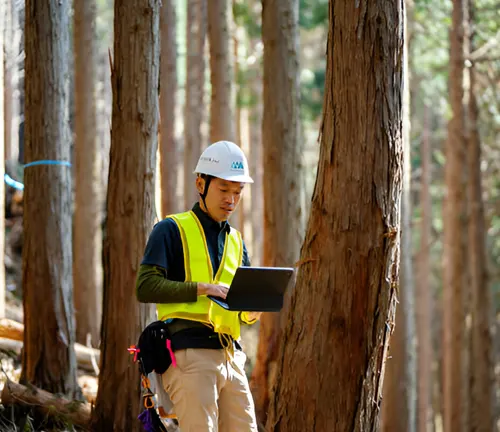
5. Equitable Distribution of Economic Benefits
Ensuring that the economic benefits of forestry are equitably distributed among all stakeholders is essential for fostering social stability and support for sustainable practices. This principle emphasizes the importance of involving local communities in forestry management and ensuring that they receive a fair share of the economic rewards.
Community Involvement
Involving local communities in forestry management not only ensures that they benefit from forest resources but also fosters support for sustainable practices.

For example, community forestry initiatives in Nepal have successfully empowered local populations to manage forest resources, leading to significant improvements in both forest conservation and local livelihoods.
Fair Trade and Certification
Certification programs like the Forest Stewardship Council (FSC) ensure that forest products are harvested sustainably and that workers are paid fair wages. These programs also reinvest in community development, promoting long-term economic sustainability.
By purchasing FSC-certified products, consumers can support sustainable forestry practices that benefit both the environment and the people who depend on it.
Conclusion
Achieving a balance between profit and conservation in forestry requires the integration of economic principles with ecological considerations. By recognizing the full value of forest ecosystem services, diversifying revenue streams, and adopting sustainable practices, the forestry sector can ensure both economic growth and environmental preservation for future generations.
This balanced approach not only protects the ecological integrity of forests but also secures their role as a vital economic resource in the global economy.
Frequently Asked Questions (FAQ’s)
- What are the main economic principles that apply to forestry management?
Key economic principles in forestry include sustainability, cost-benefit analysis, market-based mechanisms, diversification of revenue streams, and equitable distribution of benefits. These principles help balance profitability with long-term conservation goals. - How does carbon sequestration provide economic value in forestry?
Carbon sequestration is the process by which forests capture and store carbon dioxide, mitigating climate change. This service can be monetized through carbon credits, which are sold on the carbon market, providing financial incentives for forest conservation and reforestation efforts. - What role does biodiversity play in the economic value of forests?
Biodiversity supports ecosystem resilience, essential for agricultural stability, pharmaceutical development, and overall ecological balance. Although challenging to quantify, the economic value of biodiversity is crucial for sustaining forest ecosystems and their services. - How can cost-benefit analysis guide sustainable forest management?
Cost-benefit analysis evaluates the financial implications of various forestry practices, ensuring that operations remain profitable while maintaining the forest’s ecological health. This approach helps managers make informed decisions about investments, harvesting practices, and risk management. - What are Payments for Ecosystem Services (PES), and how do they support conservation?
Payments for Ecosystem Services (PES) programs provide financial compensation to landowners who maintain and enhance ecosystem services such as water filtration, carbon sequestration, and biodiversity. These payments incentivize sustainable management practices that benefit both the environment and the economy. - Why is diversification important in forestry economics?
Diversifying revenue streams beyond timber, such as through ecotourism, carbon credits, and non-timber forest products, reduces economic dependency on a single resource. This approach increases resilience against market fluctuations and environmental changes. - How do government policies influence sustainable forestry practices?
Government policies, including subsidies, tax incentives, and regulations, play a crucial role in promoting sustainable forestry. These policies can encourage conservation, support reforestation, and ensure that economic activities align with environmental goals. - What are the challenges in balancing profit and conservation in forestry?
Balancing profit with conservation involves challenges such as market pressures for short-term gains, undervaluation of ecosystem services, and ensuring equitable distribution of economic benefits among all stakeholders. - How can market-based mechanisms like carbon credits support sustainable forestry?
Market-based mechanisms, such as carbon credits, monetize the environmental benefits of forests, creating financial incentives for conservation. By participating in carbon markets, forest owners can generate revenue while contributing to climate change mitigation. - What is the role of community involvement in sustainable forestry management?
Involving local communities in forestry management ensures that they benefit from forest resources and supports the adoption of sustainable practices. Community-based forestry initiatives often lead to better conservation outcomes and improved livelihoods for local populations.

James Wilson
Forestry AuthorJames Wilson has over 15 years of experience in forestry economics, specializing in sustainable practices, investment opportunities, and financial management. He has contributed to notable publications like "Forestry Today" and "EcoFinance Journal" and is known for providing practical and insightful advice. With a degree in Environmental Economics, James stays updated through continuous learning and active participation in industry discussions. Outside work, he enjoys hiking and nature photography, bringing a well-rounded perspective to his professional role.



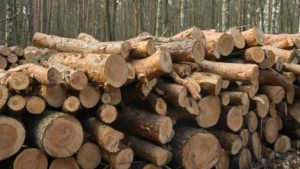

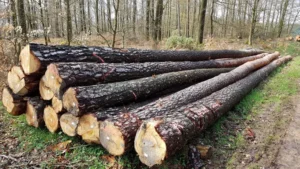


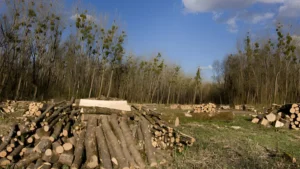
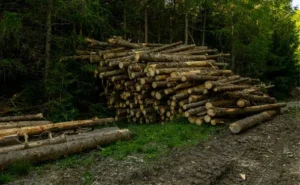

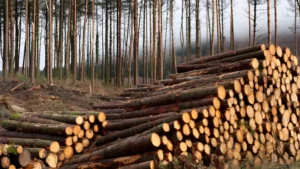

Leave your comment